Identification
Travelers' needs during overnight rides differ significantly depending on the time of day
Outcome
A cabin concept which centers around the shift from daytime to nighttime use

(Göteborg, 17:04) During daytime, the train interior is welcoming and spacious
A high speed night train: Investigating an alternative to air travel
The aim of this project was to examine how a prospective night train could provide an experience which renders it into a desirable means of transport. Other than existing (European) night train services, I have envisioned it as an extension to existing high speed rail services, thus crossing national borders and being an alternative to short to medium haul flights.
Research
Field research, user observations and interviews with fellow travelers
Throughout the project, I have traveled three times by night trains in Sweden and Germany. During the trips, I have got an understanding about the main concerns while traveling by night train.
I have thoroughly tried out different facilities, spoken to other passengers about their thoughts and feelings, and observed how people interact within this confined environment.
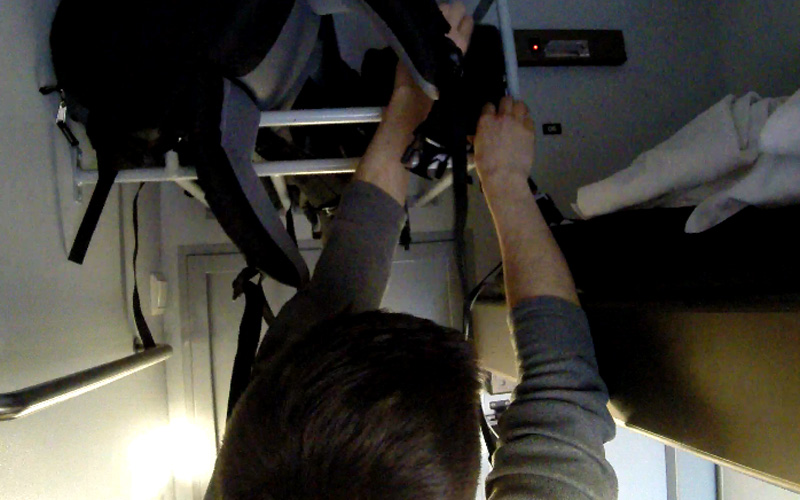
Storing luggage is an important issue

The interior influences social aspects in many different ways
Process
Applying human-centered design research methods
In a workshop-like format, I have asked participants to "put themselves in the shoes" of a night train traveler. I have built a quick test environment so that it was easier for them to imagine being in a train.
They have shared their needs, wishes and own experiences. Not only did I speak to them, but also observed their behaviour when they acted as if being in the situation.
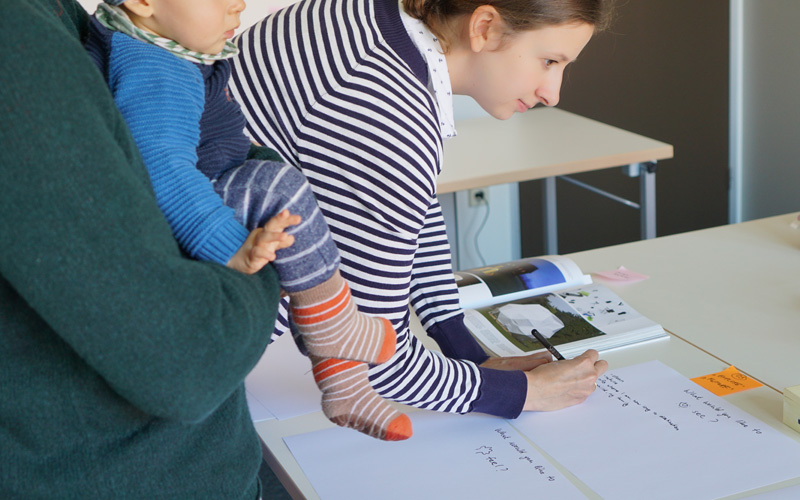
Expectation mapping

Contextual interviews
Additionally, I have created a customer journey map where the workshop attendees and me have collected different aspects which could define the experience of a night train journey.
The map took into account different user groups such as families, tourists, elderly, and business commuters.
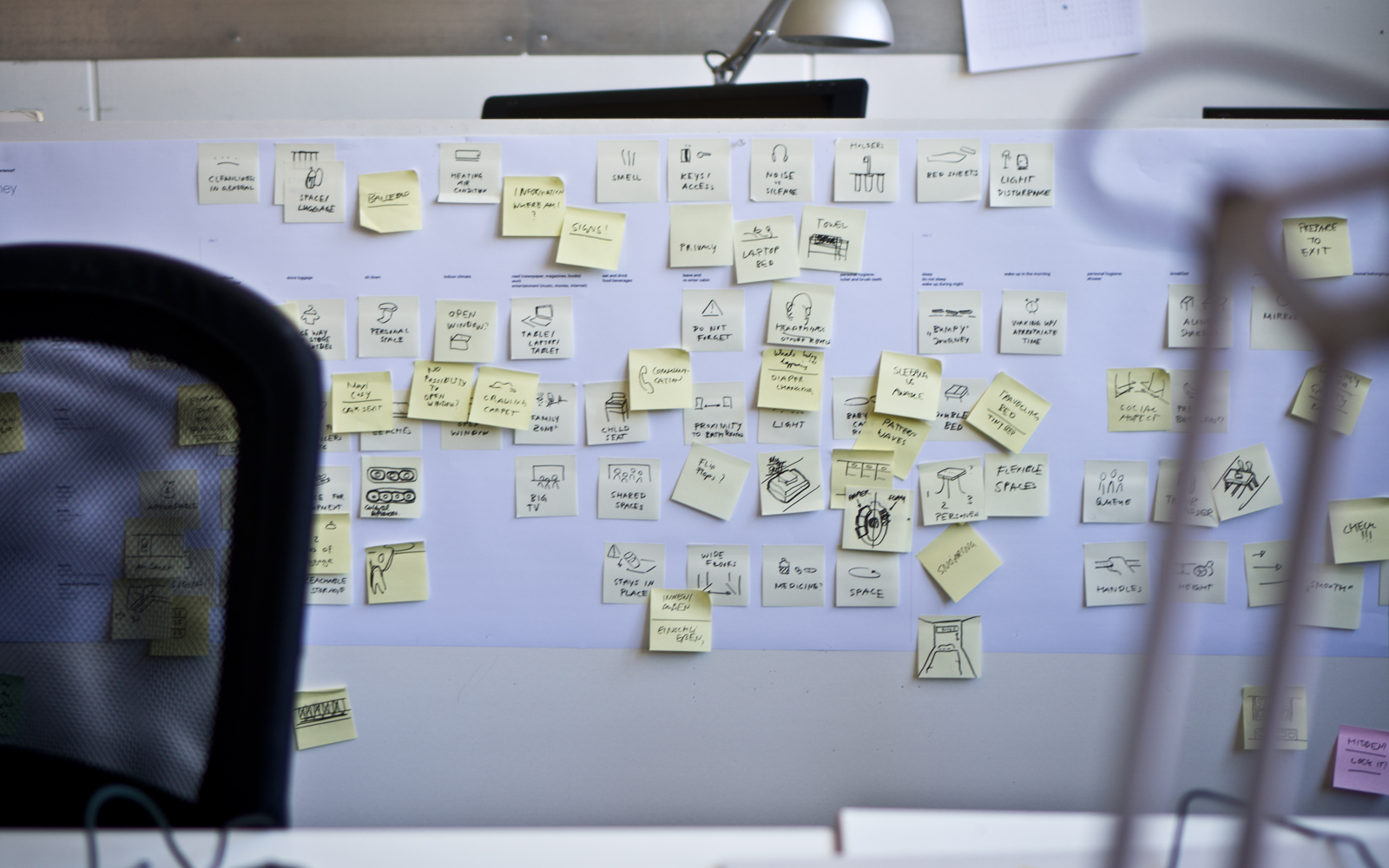
A customer journey map which considers touch points for different user groups
Insights
The findings inform design decisions
Primary research and the design methods mentioned before revealed a lot of insights to be considered for a great night train experience. I have clustered the most important needs of travelers, and deduced product requirements from them.
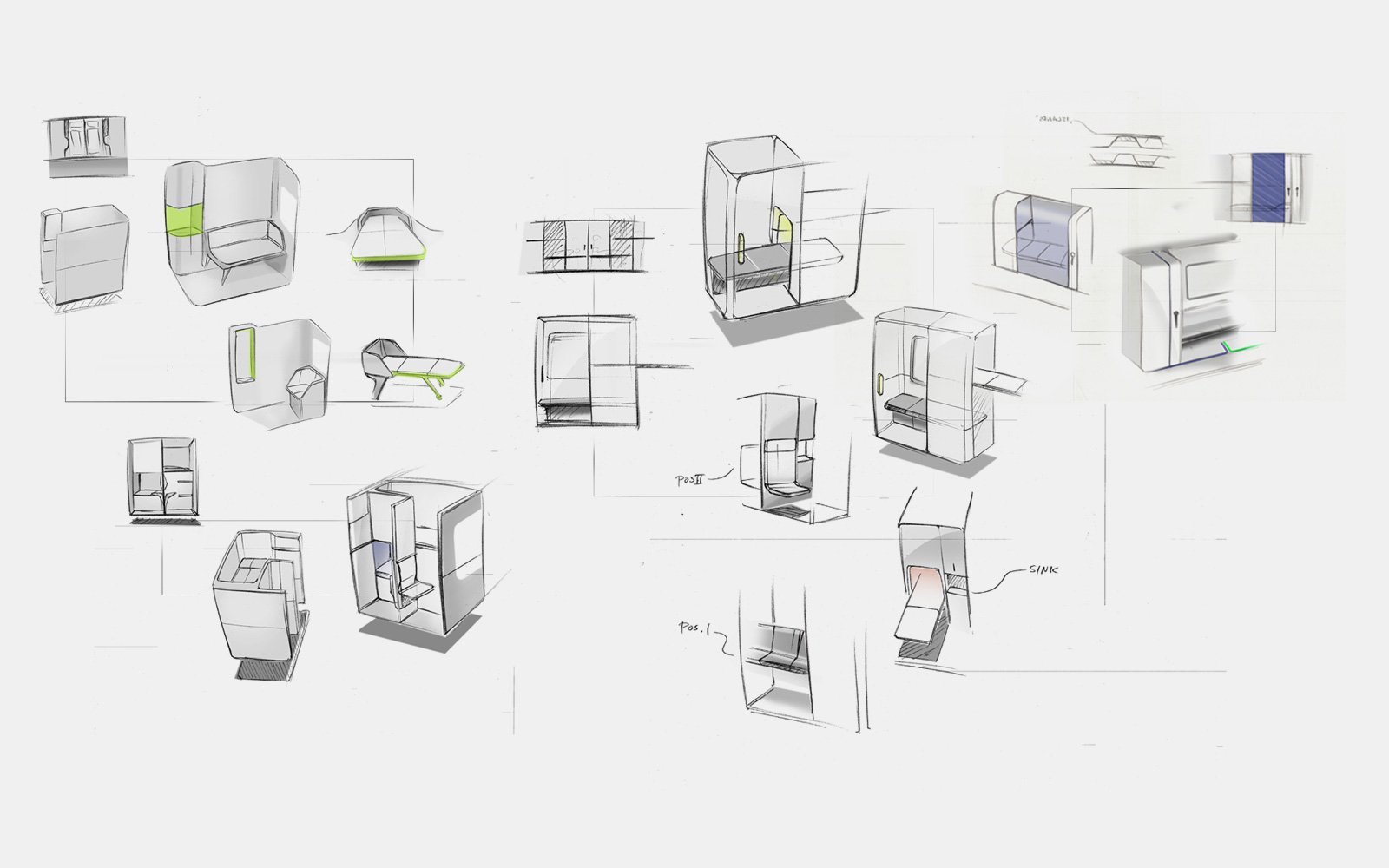
Early concept sketches
Ideation
No specific sections for different target groups?
A lot of both commercial work and conceptual work in the public transportation sector incorporates different zones for different target groups, for example a zone for business travelers, and another one for families and groups.
Even though I have identified different needs among different users, too, I have come to realise that the needs between night and day differ much more than the needs between different groups of travelers. In the end, we all become a bit more equal while sleeping, don't we?
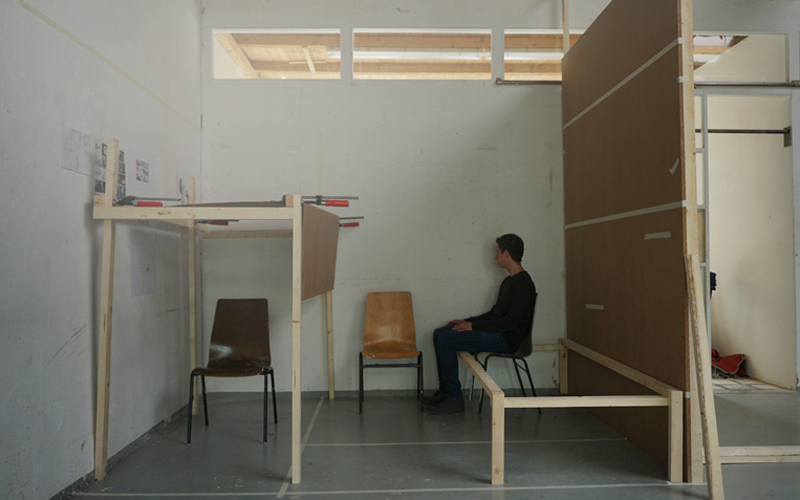
Building a space to experience the inner dimensions of a high speed train
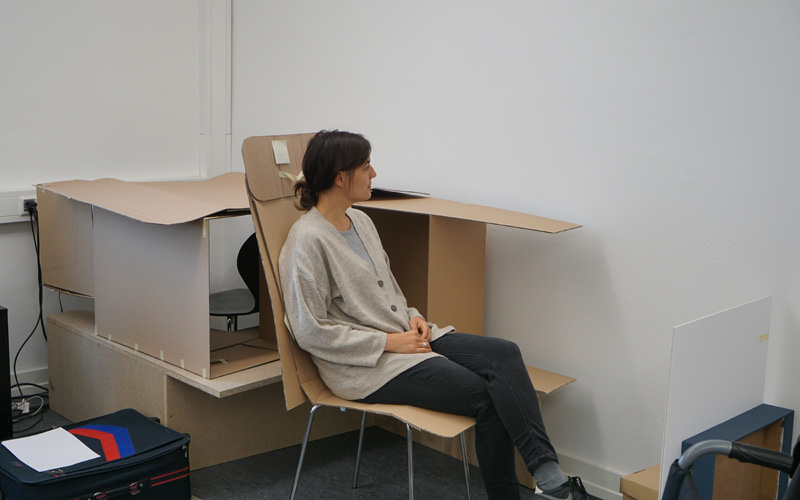
Wooden and cardboard mockups help to evaluate and define dimensions
Concept
A transforming environment
The design proposal centers around the shift from daytime to nighttime which happens during a night train journey, and it translates the contrasts of the different needs and requirements of each time of day in a transforming cabin concept.
The opposing meanings are experienced by the artifacts which define the cabin - the chair is folded down to uncover a bed, the table is folded up to become a headrest, and the open, social space is being closed by a partitioning wall to become a dark, private space. The interior lighting changes accordingly.
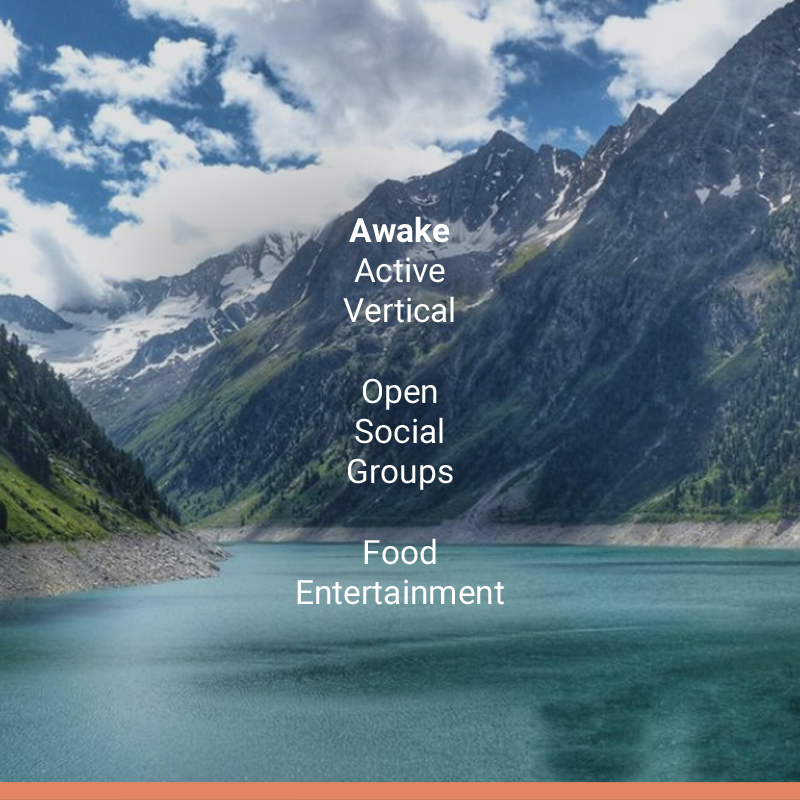
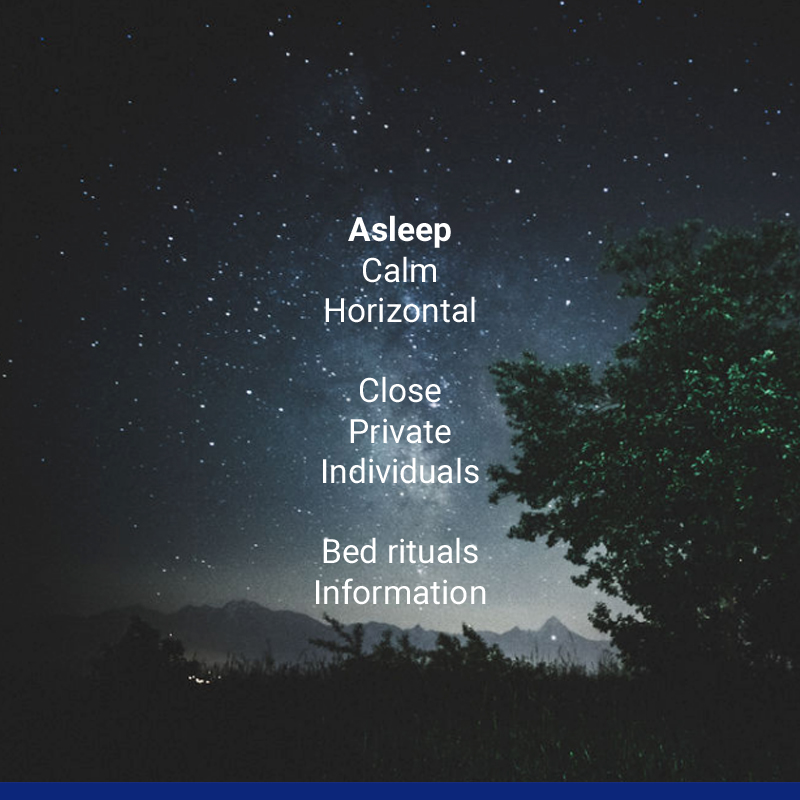
Result
A better experience at day leads to a better sleep at night
The whole space not only meets the discovered needs and requirements, but it arranges them in a meaningful order which promotes sleeping rituals. Thus, it eases people to fall asleep and arrive well rested at their target destination.
A small hygiene section in each cabin completes the accommodation, which facilitates carrying out bedtime routines and enhances the journey by providing sufficient drinking water.

(Hannover, 20:18) The interior promotes sleeping rituals
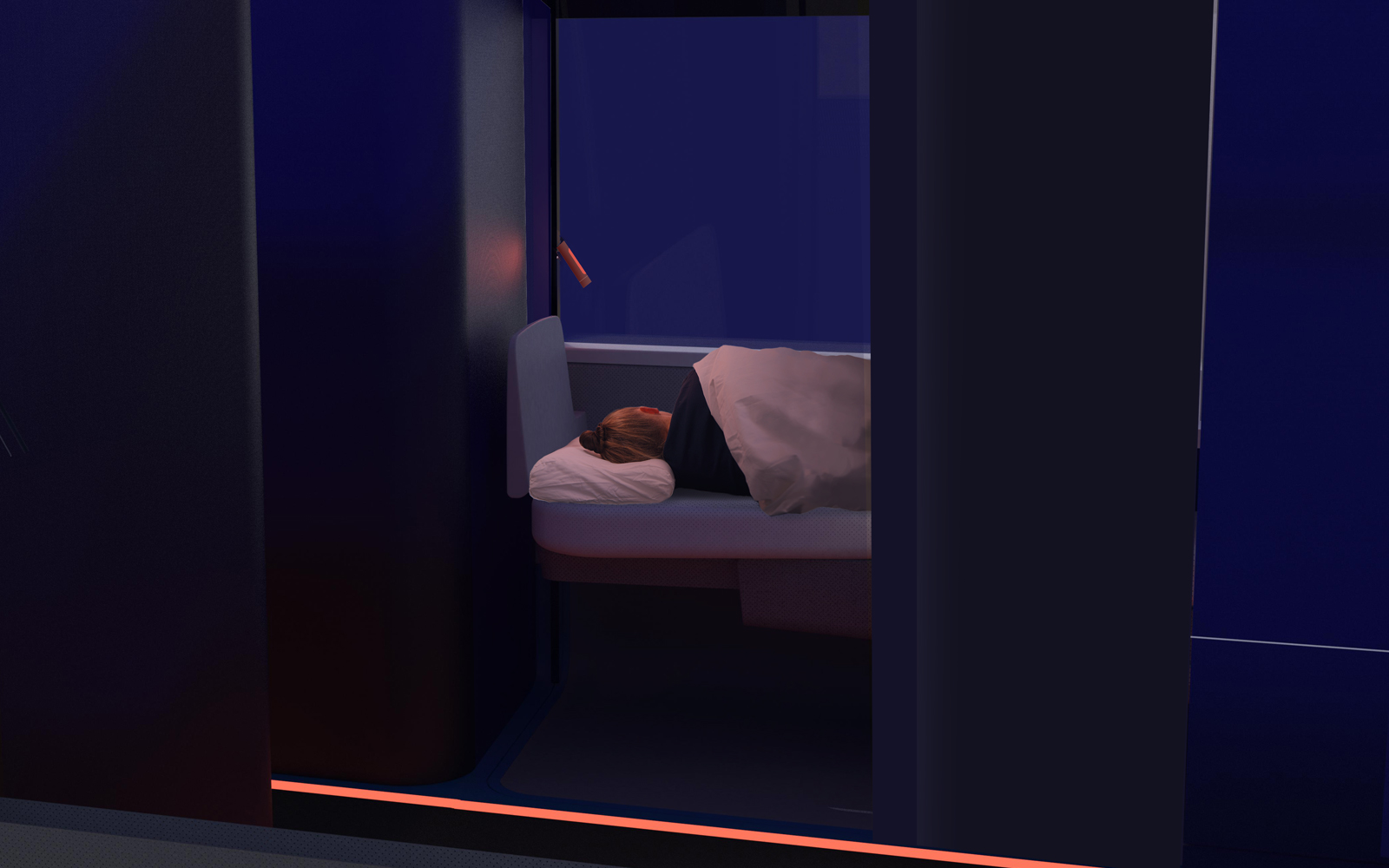
(Zürich, 02:12) A dark, private and calm space during the night
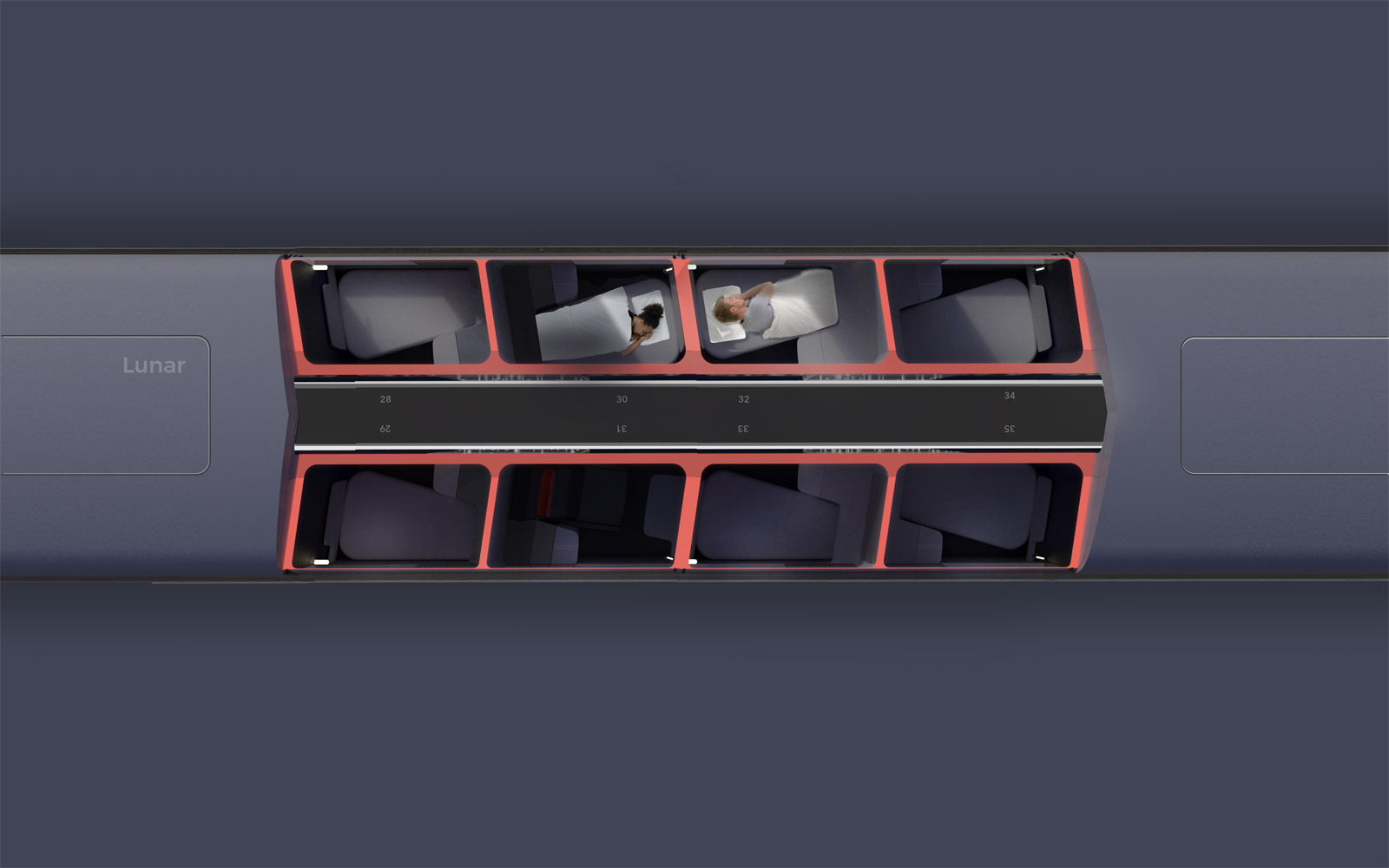
(Zürich, 02:12) Ambient lighting adjusts accordingly

(Firenze, 06:44) While some travelers already have breakfast, others are just waking up
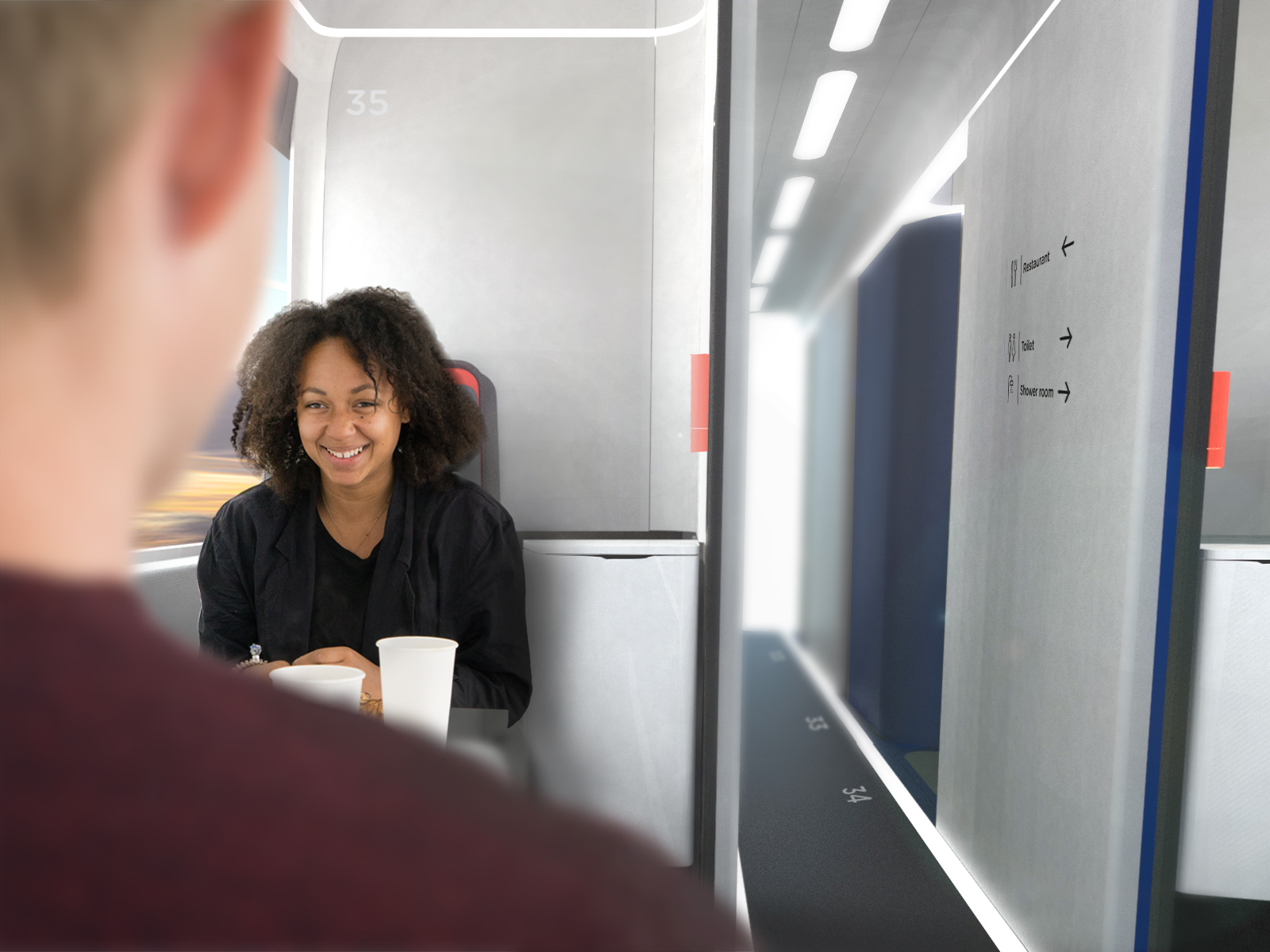
(Roma, 08:02) Having breakfast together